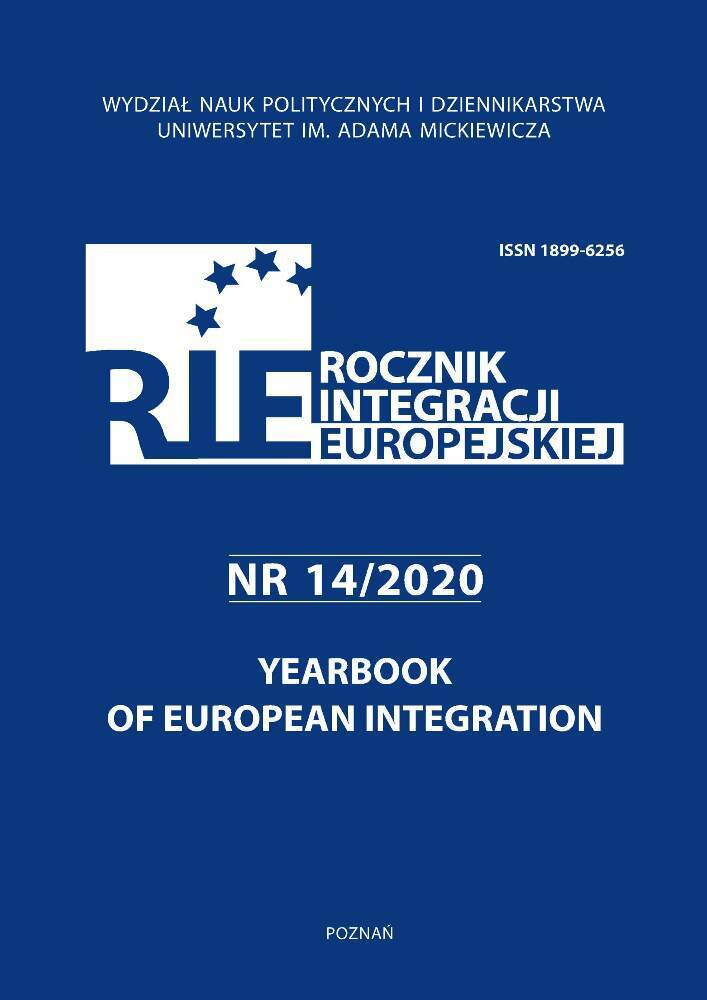Abstract
The article analyzes the cultural and civilization specificity of the countries belonging to the Visegrad Group from the perspective of 15 years of membership in the European Union and the changes taking place at that time. It consists of two main parts. The first part shows the importance of Central Europe for the project and process of reintegration of Europe after the experience of division resulting from the operation of the „Iron Curtain” for several decades. The teachings of John Paul II about Europe and Europeanism, a figure recognized as an outstanding advocate of European unity from Central Europe, were mentioned. In the second part - referring to the results of empirical research conducted in Central Europe over the last three decades - the cultural and civilizational similarities between the nations of Central Europe (the Visegrad Group) and deep differences in relation to individual values, attitudes and identification were emphasized. Therefore we obtained a comprehensive image of the cultural and civilization identity of Central Europe, whose nations are in a dynamic process of integration with the nations of so-called „old Union”.
Funding
Publication financed under the program of the Minister of Science and Higher Education under the name
References
Boguszewski R. (opr.) (2011), Polacy, Czesi, Słowacy i Węgrzy o beatyfikacji Jana Pawła II, Raport z badań CBOS, BS/50/2011.
Chelini-Pont B. (1995), Europa według Jana Pawła II, „Znak”, nr 3.
Górka L. (1995), Dziedzictwo Ojców. Ekumeniczny charakter tradycji welehradzkiej, Wydawnictwo Księży Werbistów „Verbinum”, Warszawa.
http://www.worldvaluessurvey.org/WVSContents.jsp.
https://ec.europa.eu/commfrontoffice/publicopinion/index.cfm.
Jan Paweł II (1991), Jedność duchowa chrześcijańskiej Europy, Gniezno, 3 czerwca.
Jan Paweł II (1998a), Przemówienie w siedzibie Europejskiej Wspólnoty Gospodarczej, Bruksela, 20. maja 1985, w: J. Życiński, Europejska Wspólnota Ducha. Zjednoczona Europa w nauczaniu Jana Pawła II, Wydawnictwo Fundacji ATK, Warszawa.
Jan Paweł II (1998b), Homilia z okazji 1000. rocznicy śmierci św. Wojciecha, Gniezno, 3. czerwca 1997, w: J. Życiński, Europejska Wspólnota Ducha. Zjednoczona Europa w nauczaniu Jana Pawła II, Wydawnictwo Fundacji ATK, Warszawa 1998.
Jan Paweł II (2000), Przemówienie do uczestników zebrania konsultacyjnego przed Specjalnym Zgromadzeniem Synodu Biskupów poświęconym Europie, w: Europa jutra. Jana Pawła II wizja Europy, red. A. Sujka, Wydawnictwo „M”, Kraków.
Kundera M. (1984), Zachód porwany albo tragedia Europy Środkowej, „Zeszyty Literackie”, nr 5.
Przebinda G. (2001), Większa Europa. Papież wobec Rosji i Ukrainy, Wydawnictwo Znak, Kraków.
Przebinda G. (2002), Wojtyła czyta Dostojewskiego i Sołżenicyna, „Plus-Minus” (dodatek do „Rzeczpospolitej”), nr 132.
Roguska B. (opr.) (2004), Co Polska, Czechy, Słowacja i Węgry mają do zaoferowania Unii Europejskiej, Komunikat z badań CBOS BS/99/2004.
Wojtyła K. (1978), La frontiera per l’Europa: dove?, „Vita e pensiero”, nr 4–6.
Wojtyła K. (1994), Gdzie znajduje się granica Europy, „Ethos”, nr 28.
Zenderowski R. (2002), Czym jest Europa? Kim są Europejczycy?, w: S. Sowiński, R. Zenderowski, Europa drogą Kościoła. Jan Paweł II o Europie i europejskości, Wrocław–Warszawa–Kraków 2002/03.

